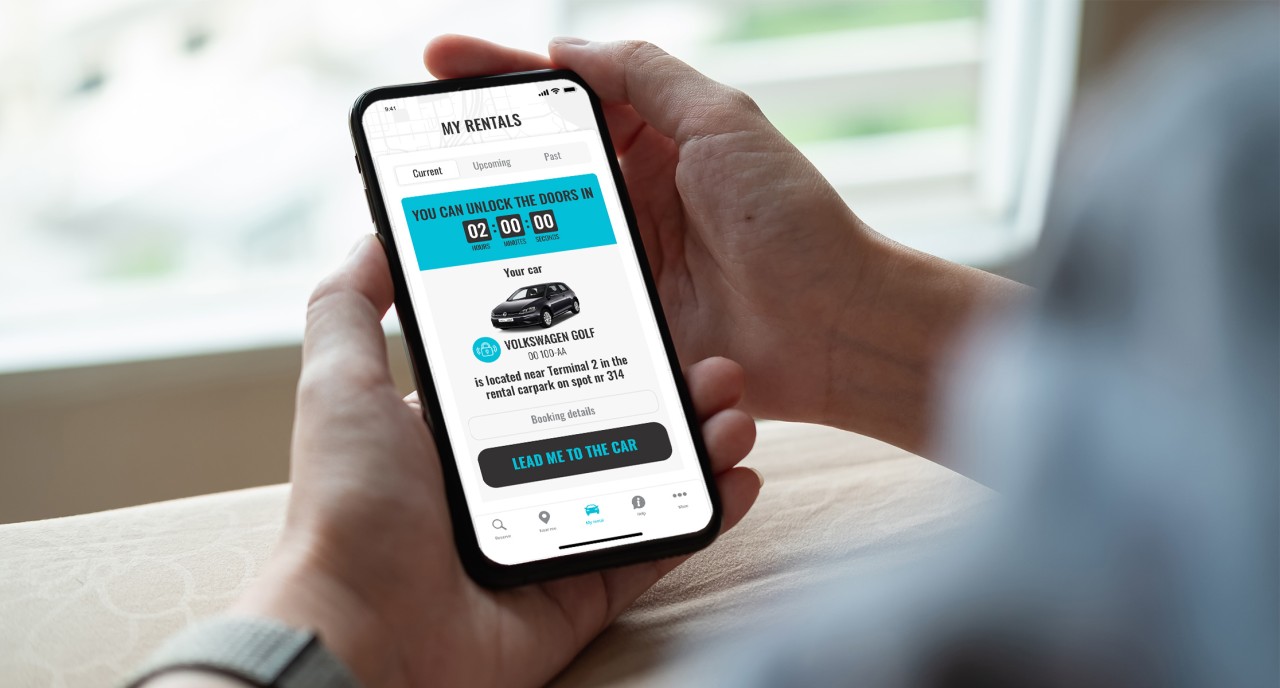In business, marketing funnel depicts the journey of potential customers to becoming actual customers in both marketing and sales point of view. The funnel consists of three stages: top of the funnel (TOFU), middle of the funnel (MOFU), and bottom of the funnel (BOFU).
In the first stage (TOFU), the potential customer has to understand that they have a need or a problem that they want to solve. There are different ways to pique the interest of the customers. For example, marketing campaigns, advertising, trade shows, posts on social media, and blogs. The main idea is that the customers have a problem and a company can offer help in defining what that problem is and the solution to this problem.
In the second stage (MOFU), the customer has shown interest in your company/product and searches for further information about it. The strategies that the customers use for finding information differ based on the size of the purchase. For example, when buying a new car, the customer thinks and weighs their options much longer and searches for more information compared to when buying a carton of milk. The sources of information tend to be Google, social platforms, and media. In this stage, it is important not to offer them promotional content but an informative one. They can be shown expert knowledge of the solution without pressuring them to buy anything. This builds trust and the customers can reach a decision with peace of mind.
In the third stage (BOFU), the customer is ready to make their purchase. They have recognised that they have a problem, they have weighed their options between similar products and decided on one. While they have reached a purchase decision, there is still a chance that they will decide against it. Two factors can lead to it. First, bad peer feedback to the product, and second, the customers’ receptiveness to this feedback.
In BOFU, it is important to make customers comfortable with their purchase process and make it as easy as possible for them. The BOFU stage does not end with the customer making the purchase. Support in using the product after the process is equally important. High-quality customer support further assures the customer that they have made the right choice. This raises the likelihood of customers coming back to buy products from the same company as well as recommending the company’s products to other potential customers.


